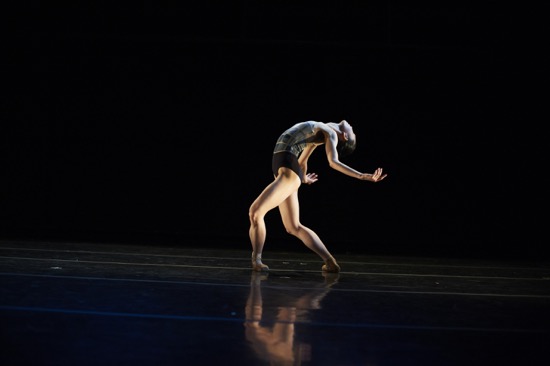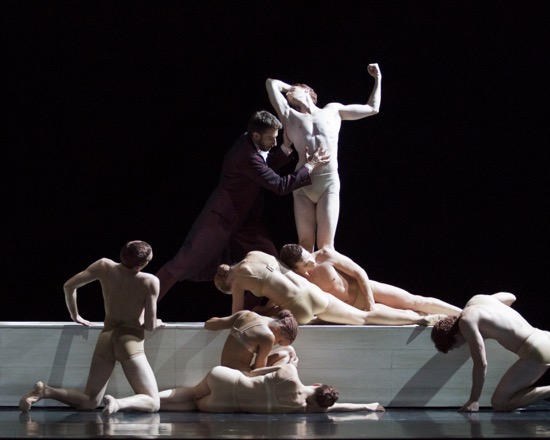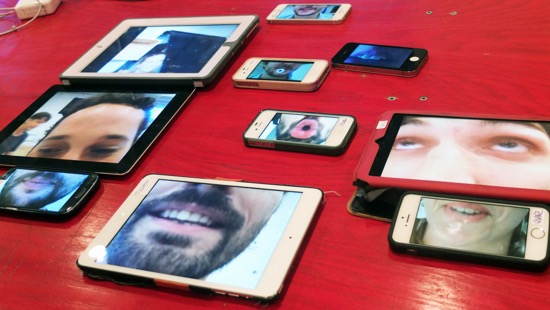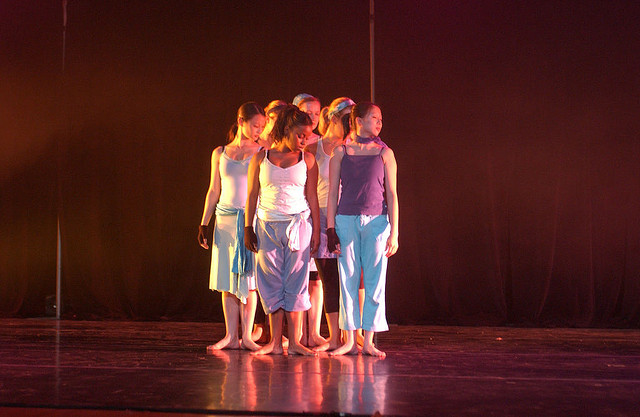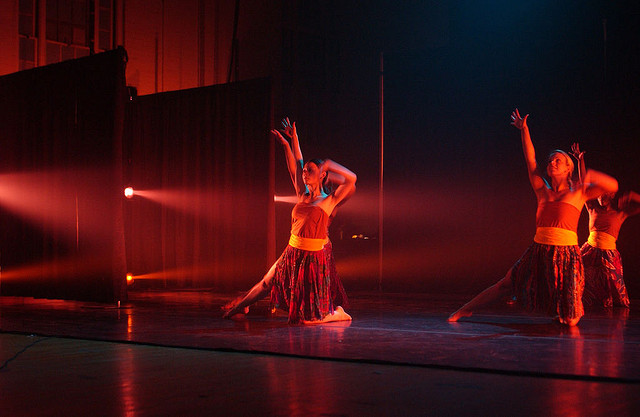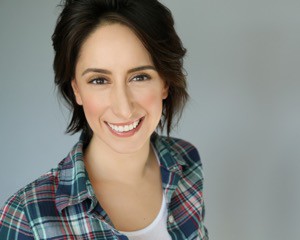
Aloha to All –
We are very pleased to have as our next Dance Wellness guest contributor Judith Lynne Hanna, PhD. Dr. Hanna is a longtime dancer and anthropologist whose work spans many years. Reading reviews of her recently published book, “Learning to Dance: The Brain’s Cognition, Emotion, and Movement”, spurred me to contact her to see if she would write an article for us concerning the new research on dancers’ brains, and how growing up in dance really does change us. The new science of Neuroplasticity (also called brain plasticity, is the process in which your brain’s neural synapses and pathways are altered as an effect of environmental, behavioral, and neural changes) is fascinating – and there are now more than 400 studies related to interdisciplinary neuroscience that reveal the hidden value of dance.
Many of us in the dance world have grown up feeling / knowing that we were somehow “different” from non-dancers, but only recently has science been learning how and why. I found Dr. Hanna’s article to be a clear explanation of all this new research, and am so pleased to share it with you.
Enjoy! (and don’t stop dancing–ever!)
Jan Dunn, MS, Dance Wellness Editor
by Judith Lynne Hanna, PhD
At times during their careers, dancers may want to explain what dance is about to family, friends, students, schools, spectators, and the media. After all, knowledge about dance is new and limited compared to the other arts.
My journey toward understanding dance began as a child in 1946, and the odyssey hasn’t stopped. A pediatrician told my parents that ballet would make my feet strong. So I studied ballet. Dancing didn’t do much for my feet, but dancing has made me stronger physically and mentally. Alicia Markova’s experience with flat feet was different than mine. Critic Clement Crisp reports, “The sublime artist Alicia Markova was taken to ballet as a child because her flat little feet left sad imprints in the sand during a seaside holiday. Ballet, said a doctor, would cure that. And it did. She grew into an astounding artist whose ‘intelligent’ feet and legs were the envy of the ballet world.”
Fascination with dance led me beyond ballet to explore other dance genres (e.g., modern, Afro-Caribbean, Latin American, African, flamenco, Middle East, jazz, hip-hop, swing, ballroom, and folk). Curiosity led me to conduct dance research in villages and cities in Africa and then in theaters, school playgrounds and classrooms, and cabarets in the United States.
As an applied anthropologist I study human behavior, including many forms of dance and culture, past and present, and draw upon the work of different disciplines. I was surprised that at the 2008 annual meeting of the Society for Neuroscience annual meeting, more than 6,800 attendees paid rapt attention to renowned choreographer Mark Morris as he answered questions about the relationship between creativity and dance. Neuroscientists interested in dance? I wanted to know why.

The Attraction of Dance
Scientists are turning to dance because it is a multifaceted activity that can help them demystify how the brain coordinates the body to perform complex, precise movements that express emotion and convey meaning. Dancers possess an extraordinary skill set—coordination of limbs, posture, balance, gesture, facial expression, perception, and action in sequences that create meaning in time and space and with effort. Dancers deal with the relationship between experience and observation.
The brain hides from our sight the wondrously complex operations that underlie the feat of dance. Although there are many secrets to unravel about the power of the brain and dance, advances in technology—29 at my last count, such as brain scanning techniques and the experiments using dancers, dance makers, and dance viewers–reveal to us the unexpected.
Misconceptions that dancers shouldn’t think, just dance, or that dance is merely physical or emotional expression, are challenged by reality. Research shows that dance activity also strongly registers in regions of the brain responsible for cognition. Hidden processes reveal that the brain is choreographer, dancer, and spectator. Dance is what the brain does.





